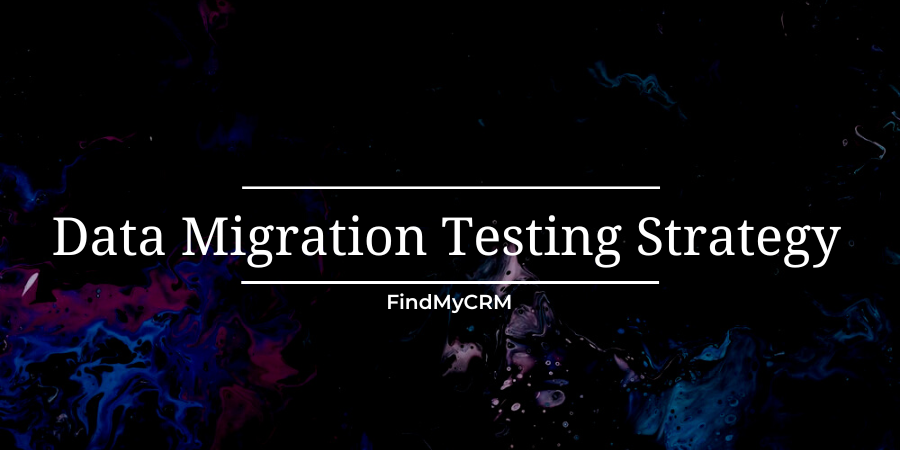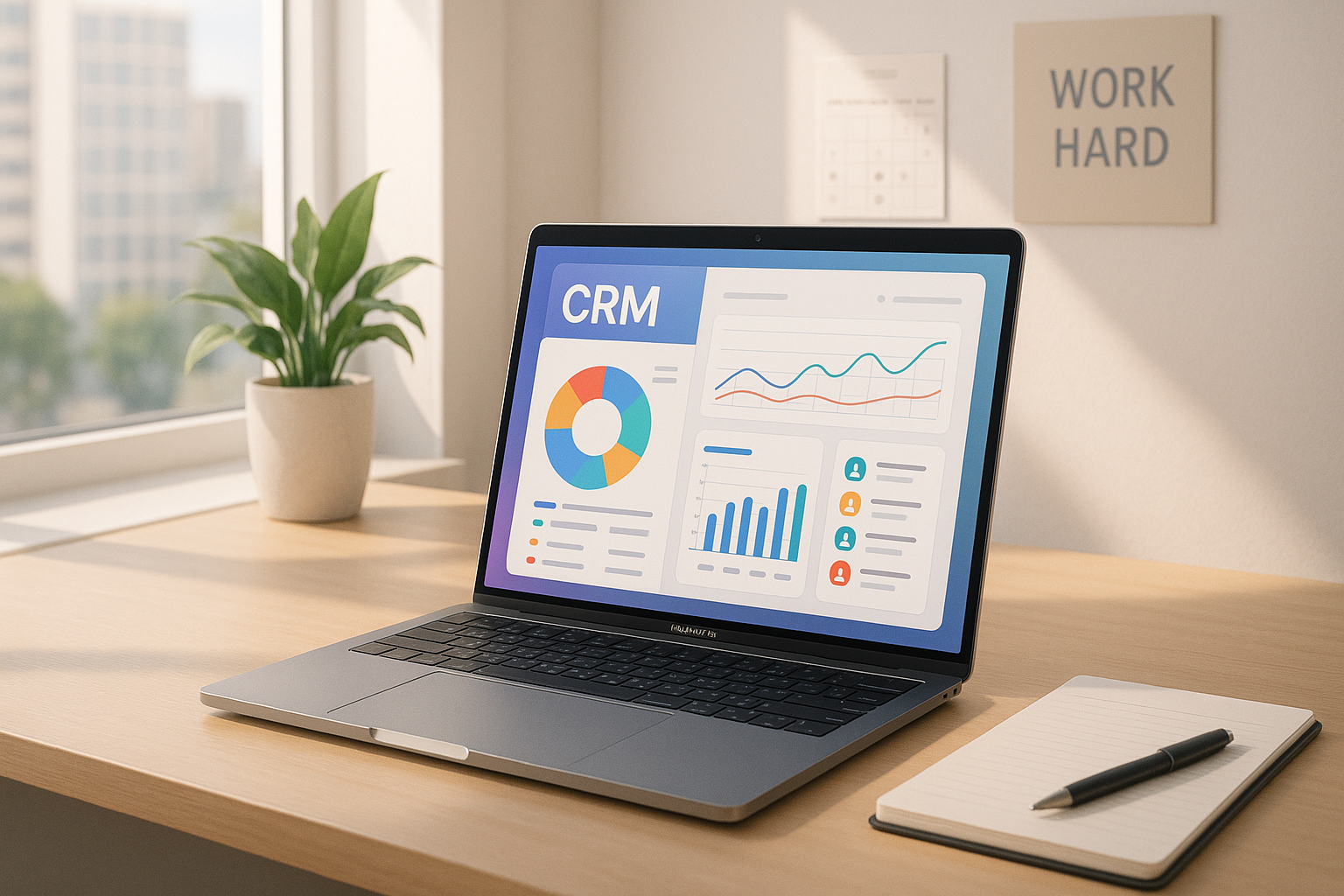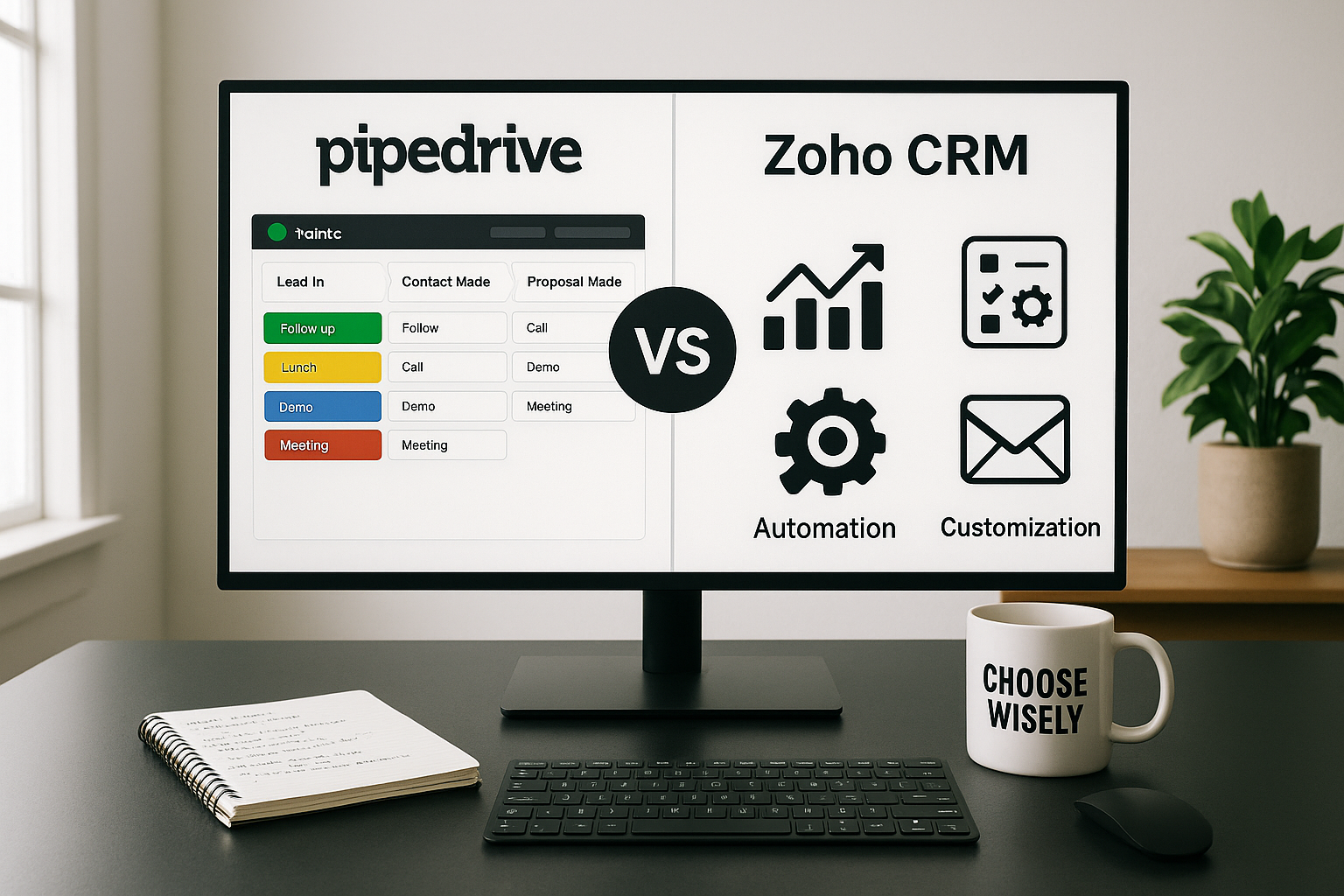Data migration: What is it?
Migration testing is a process that verifies the migration of the legacy system to the new system with minimal disruption or downtime, with data integrity and no loss of data. It ensures that all the specified functional and non-functional requirements of the application are met post-migration.
You can migrate data between such well-known CRM systems as:
When do you need data migration?
Here are the three main reasons for your decision to migrate your data.
- System consolidation: You need data migration if a reorganization or memory consolidation process is necessary to have a more permanent form of storage.
- Outdated technology: Data migration is necessary if system hardware, software, technology, services, or processes become outdated—even if they are still in good working condition.
- Optimization: Data migration is necessary if clients are interested in the optimization of their business, which is the action of using the latest tech trend in their industry.

When is this testing necessary?
Testing is required both before and after migration. The various phases of the migration test to be done at the test lab can be divided into the following categories:
- Pre-Migration Testing
- Migration Testing
- Post Migration Testing
The tests listed below are also executed as part of the overall migration activity in addition to the ones mentioned above.
- Backward Compatibility Verification
- Rollback Testing
Any tester must have a complete understanding of the following points before performing this testing:
- The changes being made as part of the new system (server, front end, DB, schema, data flow, functionality, etc.).
- To understand the team's actual proposed strategy. The migration process, the changes made to the system's backend step by step, and the scripts responsible for these changes.
Therefore, it is crucial to do a thorough analysis of the old and the new system before planning and designing the test cases and test scenarios that will be covered as part of the abovementioned testing phases and creating the testing strategy.
[Related Article: Data Migration: Types, Process, Steps]

How to implement a successful data migration testing strategy
The implementation of corporate information systems is significantly influenced by compliance and business risk. In general, people are aware of the risks related to these systems.
However, many of these information systems will be populated with legacy data during the implementation process, and it's not always clear what compliance and business risks come with data and content migration. In this case, data migration risks are a direct result of migration errors. Additionally, industry testing strategies used to reduce this risk, or more specifically, data migration error, are inconsistent and far from deterministic.
Therefore, here are thoughts and recommendations on how to create a more robust and consistent database migration testing.
The suggested method for creating migration testing strategies is to first identify any risks, evaluate their likelihood of occurrence, and describe the means to reduce those risks through testing where appropriate. The process of identifying risks is difficult, and a lot of it will be specific to the system being migrated.
In order to demonstrate this point, let's analyze two systems:
- In the first case, huge volume migrations of financial data are frequently used in retail banking when the source and destination records are similar and involve minimal translation and little data enrichment.
- For a second instance, consider a consumer products company’s complaints management. Since these systems are frequently underdeveloped, new implementations, as well as the business processes they support, should adapt to changing business and compliance requirements. These systems have a modest volume in comparison with complex translations and data enrichment to complete the newer record as they are migrated.
In both situations, it's crucial to ensure that the migrated data is accurately represented in the final system. However, the process by which accuracy is defined will vary significantly between these two systems and their associated migrations.
The first situation significantly simplifies this process because the financial services sector has evolved to the point where data transfer standards are available.
In the situation, where complaint management data is migrated, much more upfront analysis will be required to “best fit” the legacy data in the new system. Before determining the precise data migration requirements, this analysis will identify the need for data enrichment to complete incomplete records, identify data cleansing requirements through pre-migration analysis, perform dry runs of the migration process, and evaluate the results.
Aside from system-specific characteristics, there are several ways to reduce migration errors through testing.
[Related Article: 5 Signs it's Time to Upgrade or Reimplement Your Old CRM System]

Data migration testing checklist
You should create a test strategy for migration in order to reduce the risks and errors that occur as a result of migration and perform migration testing efficiently. This strategy consists of the following activities:
- Creating specialized teams: Create the testing team with people who have the necessary knowledge and experience, and offer that training related to the system that is being migrated.
- Business risk analysis, examination of potential errors: In order to prevent the current business from becoming clogged after migration, you should organize "Business Risk Analysis" meetings with the appropriate stakeholders.
- Analysis and identification of the migration scope: Analyze the migration test's precise scope to determine when and what ought to be tested.
- Determine the best tool for the migration: Decide which tools will be used. For instance, a tool that automatically compares source and destination data.
- Choose the proper test environment for migration: Define different settings for Pre and Post Migration environments to perform any necessary verification as part of testing.
- Migration test specification document and review: Create a migration test specification document that clearly outlines the test approach, the areas to be tested, the testing techniques (manual, automated), the testing methodology (black box, white box), the number of cycles to be tested, the testing schedule, the method of creating data, etc.
- Production launch of the migrated system: To prevent unnecessary difficulties, analyze, document, and publish the checklist [to-do list] for production migration as soon as possible.

The various phases of the migration testing
Phase 1: Pre-migration testing
The Pre-Migration test phase includes a variety of testing activities that are performed before data migration starts. While simpler programs are migrated without this step, complex applications definitely require it.
The following tasks need to be completed during this phase.
- Clearly define the data's scope.
- Perform data mapping at various levels between the legacy application and the new application.
- Learn about the data schema of the new application, including the field names, types, length, minimum and maximum values, etc.
- The number of tables in the legacy system should be noted, and any tables that are deleted or added after the migration should be verified.
- The number of records in each table should be noted in the legacy application.
- The new application's interfaces and connections need to be thoroughly studied to ensure that data flows safely.
- It is necessary to prepare test cases, use cases, and test scenarios for new conditions in new applications.
- To make sure that the data from the legacy system and its functionality are preserved, a set of test cases and test scenarios should first be performed with a group of users, and the results and logs should then be stored and verified after migration.
- In order to ensure that there is no data loss during migration, it is important to keep track of the data count.
Phase 2: Migration testing
The "Migration Guide," created by the migration team, is followed during migration. To enable the restoration of the legacy system at any time, it starts with a backup of the data on the tape.
Verification of the documentation is carried out to ensure that all the scripts and steps are accurately and completely documented without any ambiguity. Mismatches and errors in the documentation should be reported and corrected.
The final rest report that is provided with the migration test results should include a timeline for the system migration because it will be important during the production launch. The downtime thus recorded is extrapolated to get at the approximate downtime in the live system. Usually, the legacy system will undertake the following migration activities:
- The actual migration of the application.
- Modification of the hardware, software, hosts, ports, firewalls, and other configurations to the new system.
- Performance of security inspections.
- Checking the connection between each application component.
After the migration activity has been completed according to the instructions, all of the servers are brought up, and basic tests are conducted to verify that the migration was successful. These tests make sure that all of the end-to-end systems are correctly connected and that there is smooth interaction between all of the components. If the software is compatible with several different platforms, the migration should be properly verified on each of those systems.
White box and black box testing are frequently combined in the data migration test strategy. The post-migration testing phase starts when the migration activity is finished, all related verification is completed, and the associated tests are passed.
Phase 3: Post-migration testing
In this instance, the testing environment is used to do end-to-end system testing. The defined test cases, use cases with the legacy and new sets of data, and test scenarios are performed by the testers. In addition to this, rollback and backward compatibility in the migrated environments need to be tested. In the "Test Specification" document, each of them is listed as a test case.
Important tests should be given the highest priority in order to determine whether the migration was successful because the scope of post-migration testing is very big.
It is recommended to automate end-to-end functional test cases and other possible test cases to cut down on testing time and ensure the quick availability of the results.
- Backward compatibility testing: Testing for backward compatibility includes determining whether the new system is compatible with the old system (at least two versions old) in order to confirm that the functionality supported by the earlier two versions is supported by the new system and that the system migration from the earlier two versions can be carried out effectively and without a hitch.
- Rollback testing: If there are any problems or failures during the migration, it should be easy to roll back to the legacy system in order to resume operations swiftly and without any user impact. The rollback mechanism needs to be tested, and migration failure test scenarios should be created as part of negative testing.
To ensure that migration has not impacted anything and that the rollback was successful in reinstating the legacy system, the major functionality and automated regression testing should be done after the rollback.
[Related Article: Salesforce Migration Process: Step-by-Step Guide]
Data migration testing challenges
Data Quality
Poor data quality is caused by several factors, including assumptions, data conversions during migrations, poor data analysis, etc. In these situations, data quality must be improved to suit business requirements.
Data mismatch
When data is transferred from a legacy application to a new one, it is possible to find data that does not match because of changes in the data type, format, etc. This requires significant work to modify or redefine it. Therefore, better to take the required steps to avoid data mismatch.
Data Loss
When migrating from a legacy application to a new or upgraded application, data loss is possible. This will result in a significant loss of data, that needs to be retrieved either from the backup database or the audit logs if properly captured.
Data Volume
Huge data volumes take a long time to migrate within the migration activity's downtime window. Therefore, teams should thoroughly examine the information in the live system and should perform the usual analysis and samplings of the data. Automation is the solution for large data migration.
7 recommendations to simplify data migration testing
- Make a well-thought-out plan: Make sure to have a thorough strategy that outlines the tasks involved, the timelines, and the resources necessary before starting the migration.
- Perform a migration test: Before implementing the migration process on the entire data set, thoroughly test it on a smaller scale. This will make it easier to find and deal with any potential problems early on.
- Backup your data: Make sure that you have a reliable backup of your data in case something goes wrong during the migration process.
- Communicate with stakeholders: Inform all persons involved about the migration process and any possible risks. This will enable them to make the necessary data migration testing approach and reduce work disruptions.
- Have a rollback plan: If something goes wrong, you should have a rollback plan in place. As a result, the impact of any problems that occur during the migration process will be reduced.
- Have a post-migration plan: Have a plan prepared for once the migration is finished, including testing and validation processes and a method for dealing with any problems that may occur.
- Create a support team: Organize a specialized support team to handle any issues that may arise before, during, or after the migration.

Wrapping up
So, we figured out what is data migration testing and understood that data migration to newer and more performant systems allows businesses to transform and improve their ecosystems and grants them benefits over their rivals.
However, the data migration process is difficult and prone to mistakes. The only way to ensure that the migration process will be successful is to use the appropriate strategies and tools at the right time and to avoid typical mistakes.




(2).jpg)
